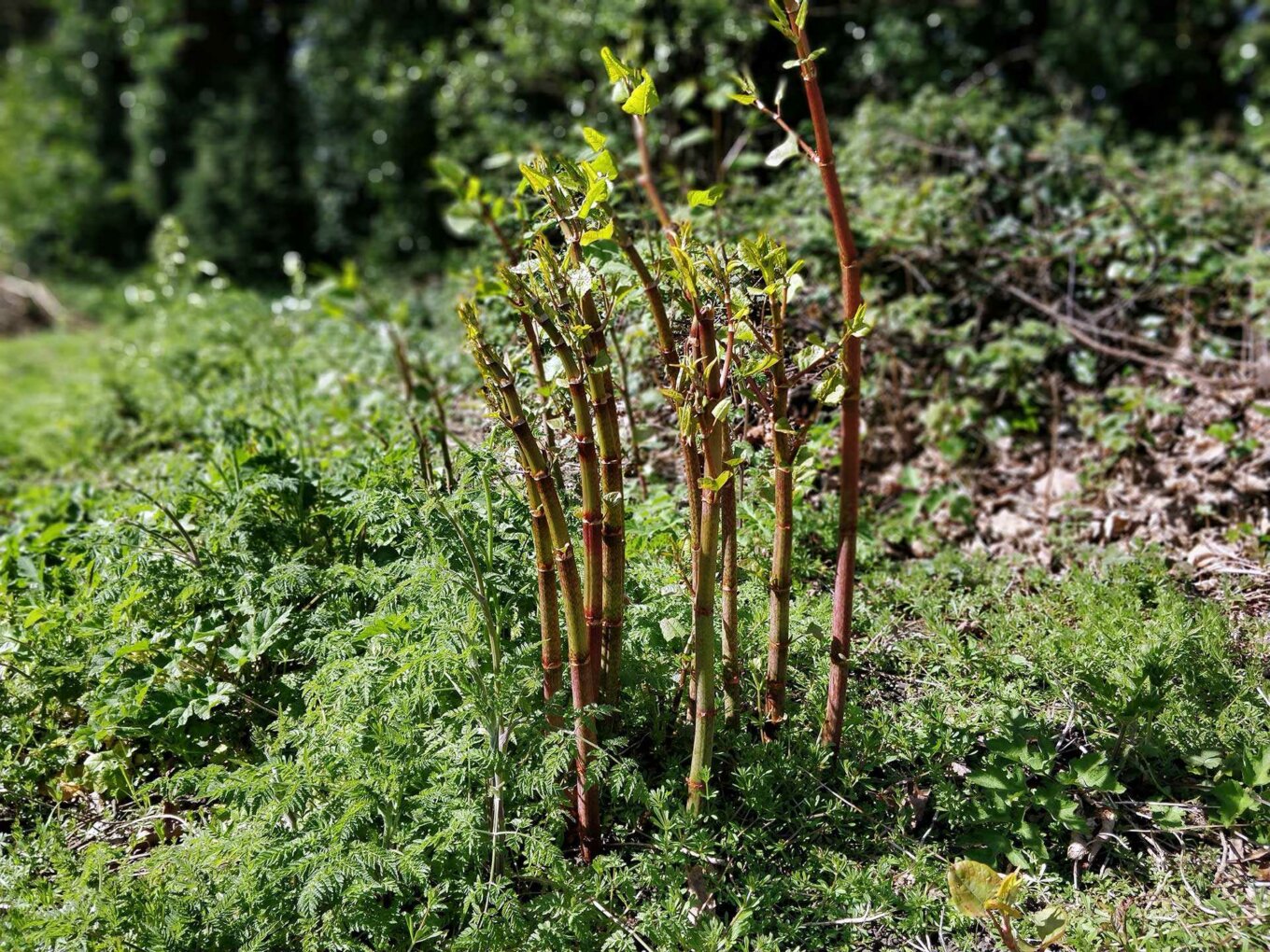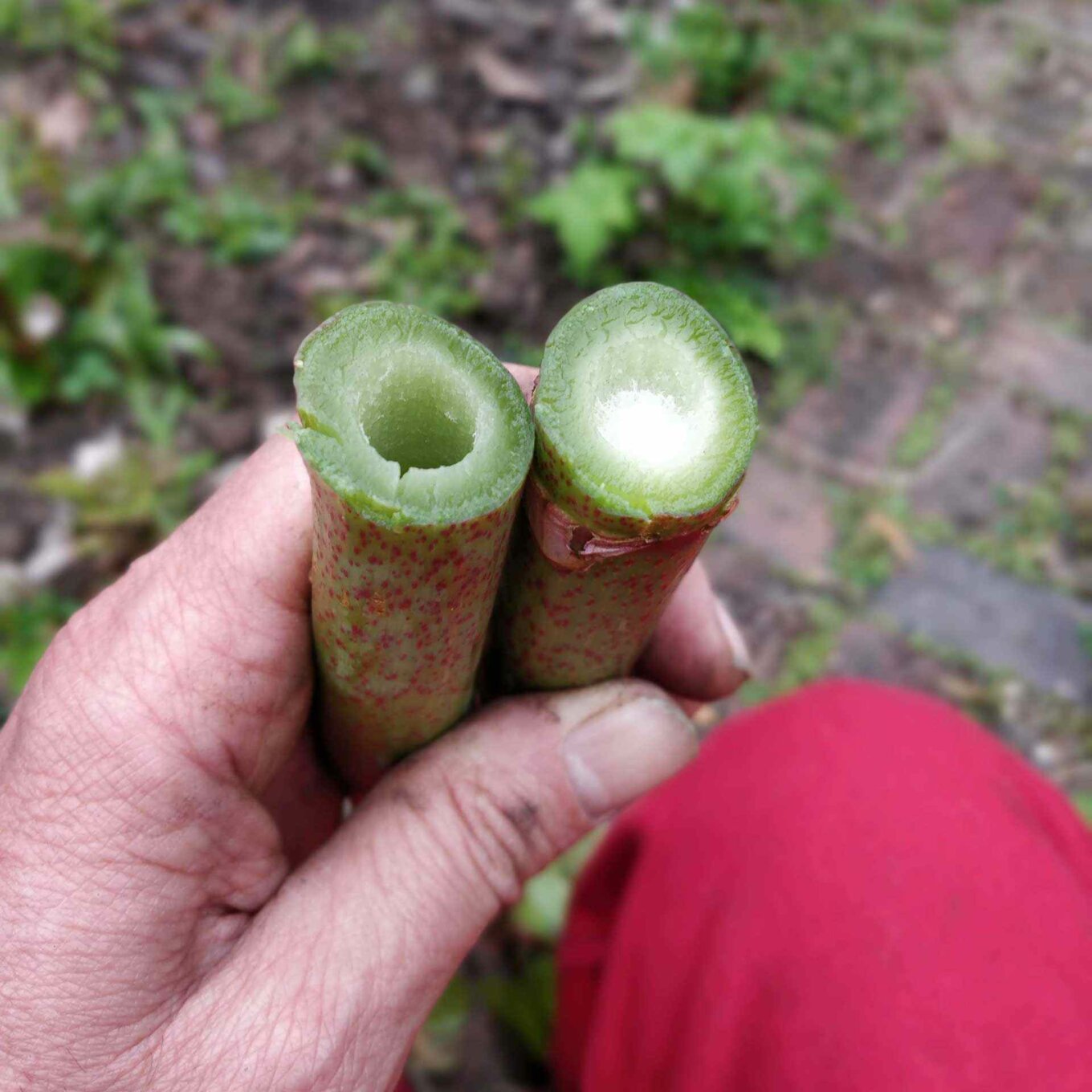Collecting wild foods draws us into a landscape from which we map the foods we eat.
Food pornography generally indexes its lustful or gluttonous representation. For me, it refers more precisely to psilocybin mushrooms.

Scouring the fields surrounding my mother’s village in Wales in the late 1970s, I carried with me an already-tattered first edition of Richard Maybe’s Food For Free. First published in 1972, it sheltered within its pages illicit knowledge in the form of coloured line drawings of a small and indistinct cream-coloured fungus that did indeed have magical powers. There are probably many people – boomers notwithstanding – whose introduction to wild foods came through seeking such secrets.
And still, in 2020 – a year when the most explicit, viral level anatomies flavour our imaginations – wild foods draw us in. This is the first in a series of reflections on the theme of wild food.
Like everybody else who samples the fruits of nature, I learned very early on the unimaginable difficulties I would face if I were to depend on such an unreliable bounty. We gather these bodies as a supplement to our physical needs, not to fulfil them. Rather the ramsons, the bullace and the sorrel tag our desires. Harvesting what are often by definition the baselines of our nutrition is frequently a solitary act – social distancing an integral feature, our sources not to be shared. With such a fragile resource, we know that it can only ever titillate, and the palette and the imagination require just that.
It can be a bit like ‘munro bagging’, where the object of the collector is something simply defined by being a little higher than another thing, or a little deeper, perhaps, in this case. Collecting wild foods draws us into a landscape from which we map the foods we eat, where knowledge of the weed and the fungal are our perspective, channelling our culinary visions, straightening the paths to a more frugal past.
Over the coming months I’m going to have conversations with people for whom wild food might be something very different. Wholesome perhaps, an engagement with a more coherent relationship with food, consumption, forms of production and with society more generally. Foragers, like hunters, for whom the cep is more an ungulate to be stalked, always marked with myth and metaphor. Those who have made it a career, whose collecting ekes out some dynamic privacy, or those for whom sharing is itself the secret they seek.
Just carry on straight down there. That’s the way to Wild Wales.
My maternal grandfather was a minister who turned to Byron as much as the Bible seeking inspiration for sermons. He told me of a place called ‘Wild Wales’. The year he died, in the late 1960s, I was eight years old and he took me on a walk up the new Carmarthen Road to the north. Heading out past the rebel-graffitied cellars, the Chinese takeaway and finally the old police station, the road led into open country. My grandfather stopped as the road turned left and pointed to a stile and down a grassy path, woods in the distance.
“You carry on now,” he said. “I’ve got to go back.”
“But where do I go?” I asked.
“Just carry on straight down there. That’s the way to Wild Wales.”
He went home and didn’t see any Wales again after that summer. I crossed the stile, walked down the path alone and have yet to leave.
It is many places, speaks many languages and shares a more or less precise and impossible rendition of history with flowering particulars of grammar, description, faith, utility or suffering. Mycelium memories. So when this year I watched the Japanese knotweed shooting up on the wasteland next to my house, I thought it was time I did some translation work. A different sort of linguistics, simpler and at times more palatable.

It is practically an urban myth that Japanese knotweed tastes rather like rhubarb. I often wonder what the garden arrangements were in the 19th century, when knotweed was first brought over as a decorative flower and sculptural plant. Now it’s illegal to dispose of it unless done appropriately: by fire. That’s a good way to deal with something that’s become wild by nothing but its own vigour.
I cut the stems from this patch of no man’s land and prepared them. If you want to try it then you really do need to peel the stems and remove any young leaf buds. You can’t gather the plant when it’s fully grown as it becomes woody. The younger stems have a thin skin which can be paired off with a knife.
The flesh below is green and rather cellulose. It takes a long time to prepare but once it’s cleaned of the tougher skin, you place it in a pot with just a dash of water and considerably less sugar than you might imagine, and allow it to cook down on a slow heat.
the resultant green sludge really is exceptionally flavoursome
While it cooks the odour is rather overpowering and not one that instils confidence, but don’t be disheartened. When the stems finally break down the resultant green sludge really is exceptionally flavoursome. It does indeed taste like rhubarb, having the same sharp acids found in rhubarb and sorrel.
But Japanese knotweed also carries with it more wholesome and somehow more fulfilling flavours. I assume it’s not become something used in commercial food preparation because of the complexities of preparing the stems. There are rumours of highly-prized knotweed being sold on markets in Japan. Perhaps in a cuisine more used to the knife skills of sushi it finds a happier home.
If you would like to suggest someone who I might enjoy meeting, please get in touch. They cannot be more virtual than the food of the collector.
